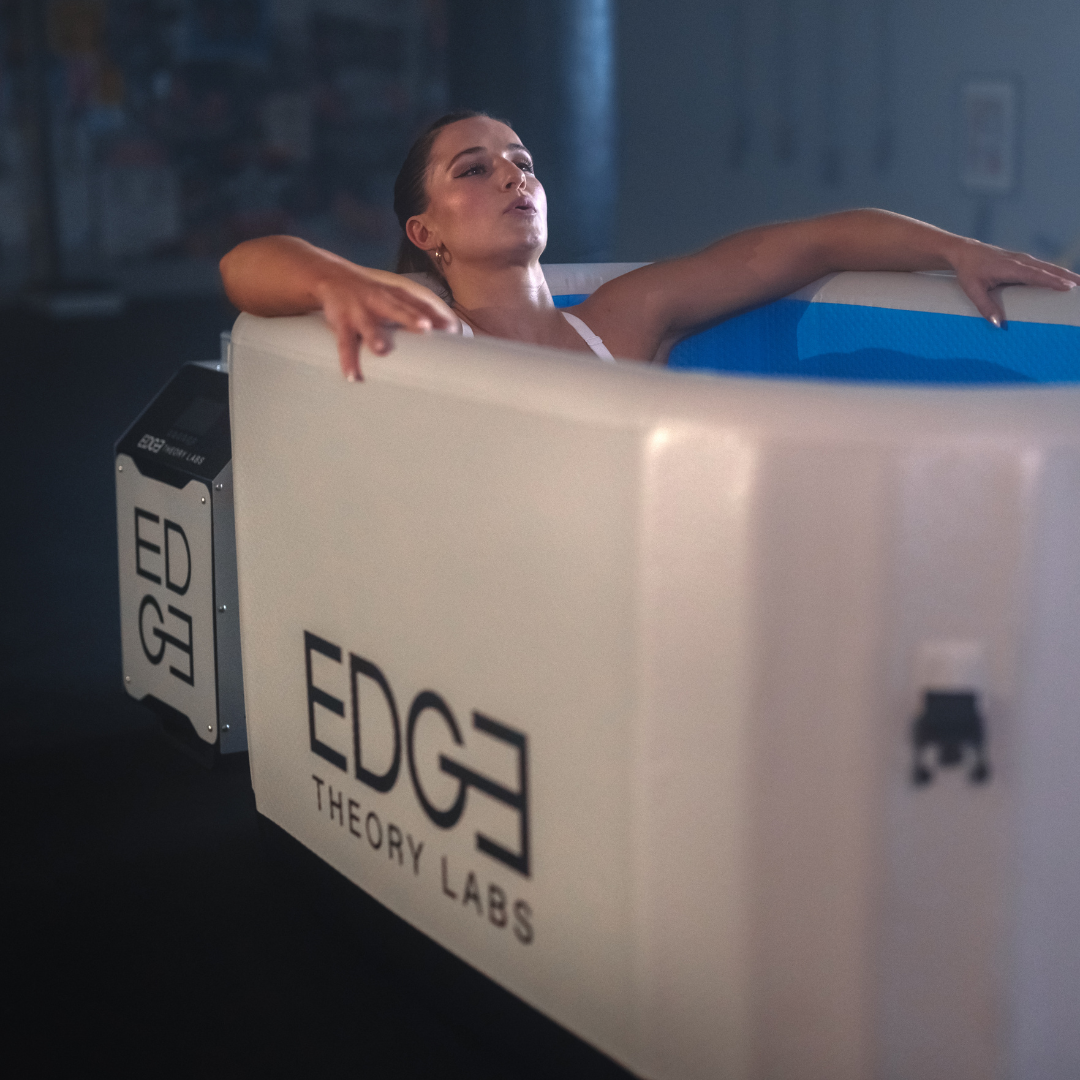By: John Murphy Published October 25th, 2023
Cold Plunges: The Science
When we consider the merits of cold exposure, specifically through cold plunges, the discussion often pivots around anecdotal evidence of its invigorating effects. However, the cold plunge science extends far beyond the initial shock and awe of icy waters. In this exploration of cold plunge science, we aim to unpack the layers of physiological response that may confer a multitude of health benefits.
Understanding cold plunge science: the chill effect
The science of cold plunge therapy, spearheaded by researchers like Susanna Soeberg, delves into the body's reaction to cold exposure. Studies show that immersing oneself in cold water can trigger a cascade of physiological responses that extend from the peripheral blood vessels to the core of the brain. The cold plunge science suggests that this practice is not merely a test of willpower, but a gateway to enhancing bodily functions.
When the human body is subjected to the brisk embrace of a cold plunge, the immediate reaction is a sensation of shock. This shock is more than just a feeling; it is a mobilization of the body's defense mechanisms. Vasoconstriction, the narrowing of blood vessels, occurs to preserve core body temperature, an action rooted in our primal instinct to survive.
But what happens next is where cold plunge science becomes particularly interesting. As the body adapts to the reduced temperature, there is an increase in the release of norepinephrine, a hormone and neurotransmitter that plays a pivotal role in focus and attention. This hormonal surge is part of why many advocates report heightened mental clarity following a cold plunge.

Benefits to body and mind
Discussing cold plunge science without acknowledging its comprehensive health implications would be an oversight. The benefits of cold plunge touch various aspects of well-being. From the physical to the psychological. Evidence suggests that regular cold exposure can lead to improved circulation, reduced inflammation, and an enhanced immune response.
From the mental health perspective, cold plunge science has shown potential in reducing symptoms of depression and anxiety. The cold stimulates the sympathetic nervous system, leading to an anti-inflammatory response that is believed to have a mood-regulating effect. Furthermore, the practice of cold plunging often involves a meditative aspect as individuals focus on breath control and mental fortitude to overcome the initial discomfort.
Cold exposure and metabolism
One of the most compelling aspects of cold plunge science is its impact on metabolism. The body's effort to maintain core temperature in cold environments increases metabolic rate, leading to increased calorie burn. Moreover, cold exposure is linked to the activation of brown adipose tissue, a type of fat that generates heat to help maintain body temperature.
Brown fat's role in thermogenesis — the production of heat in the body — makes it a significant focus in the study of cold plunge science. Unlike regular white fat, which stores calories, brown fat burns energy, and this process could have implications for weight management and overall metabolic health.

Cold Plunge In Image: The Ice Barrel 300
Immersion into recovery
Athletes have long praised the virtues of cold plunges for recovery. Cold plunge science supports these claims, indicating that the practice can reduce muscle soreness and expedite recovery after intense physical exertion. The theory posits that the cold helps diminish metabolic activity and reduces inflammation, thereby alleviating pain and swelling.
Exploring cold plunge benefits
The benefits of cold plunge are not just perceived; they are physiological realities. Engaging in this form of therapy stimulates the body’s autonomic nervous system, leading to a series of responses that fortify the body against stress and diseases. It’s a physical endeavor that crosses into the realm of mental fortitude, encouraging a discipline that reflects in overall life.
Key benefits at a glance
To underscore the multifaceted nature of cold plunge therapy, here's a bullet-point rundown of the primary cold plunge benefits:
- Boosted immune system: Regular cold exposure may enhance immune response.
- Enhanced circulation: The cold triggers blood to rush to vital organs, improving cardiovascular circulation.
- Reduced inflammation: Cold temperatures can reduce inflammation and aid in muscle recovery.
- Increased metabolic rate: Exposure to cold can increase metabolic rate through thermogenesis.
- Mood improvement: Cold plunges may elevate mood and decrease stress levels by stimulating the release of endorphins.
- Mental resilience: The practice builds mental toughness and focus.
- Better sleep quality: Some evidence suggests that cold exposure can help regulate sleep patterns and improve sleep quality.
These points encapsulate the essence of cold plunge science and its tangible effects on the body and mind. With each cold plunge, individuals may experience these benefits, contributing to a holistic sense of health and well-being.

Photo by Cell Reports Medicine
Timing and cold therapy
Is there a best time of day to cold plunge? While the answer may vary based on individual schedules and preferences, the science leans towards morning plunges to invigorate the body and kickstart the day with a burst of energy. However, some argue that an evening plunge can help lower body temperature, which may lead to improved sleep quality. The science does not dictate a strict schedule—it encourages consistency and personalization.
For in-depth insights, the research by Susanna Soeberg is invaluable, offering a window into the complex reactions our bodies undergo during cold exposure. Those keen on understanding the intricate details can access the study.
In summary, consistent cold exposure presents a compelling case for its positive impact on the human body. By regularly integrating cold exposure into our routines, we may unlock a host of health benefits that can enhance our daily lives. It is not just a plunge into cold water, but a dive into a well of potential physical and mental well-being. As science continues to evolve, so too does our understanding of how best to harness the invigorating power of the cold.
Bringing the cold plunge science home
As we assimilate the insights from cold plunge science into our daily routines, the concept of home-based ice baths gains prominence. These specialized tubs are designed to facilitate the cold plunge experience within the privacy and convenience of your home. Embracing the ritual of cold plunges at home can make the practice more accessible and consistent, further enhancing its benefits.
For those considering this investment, home ice bath tubs represent more than a piece of equipment; they are a commitment to a lifestyle—a lifestyle grounded in the principles of cold plunge science for health and vitality. Incorporating an ice bath tub into your wellness routine can be a transformative step towards embracing the cold and harnessing its power for personal growth and recovery.
The compelling narrative is backed by research and empirical evidence. Whether you seek the thrill of an invigorating morning routine or the recovery benefits post-exercise, cold plunges offer a versatile and profound way to impact your health positively. And with the availability of ice bath tubs for home use, it's never been easier to take the plunge into the rejuvenating world of cold exposure.
For more information on how you can integrate the science of cold plunging into your home or business with a cold plunge tub, visit our top 9 cold plunges 2023 page.


